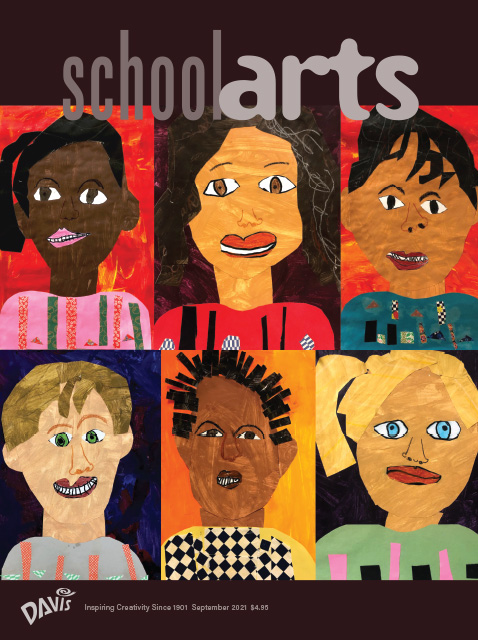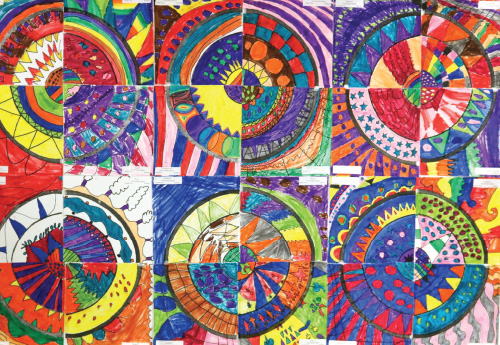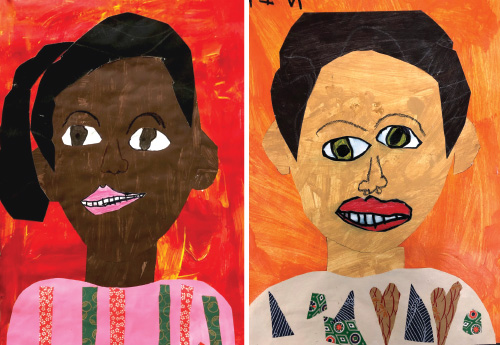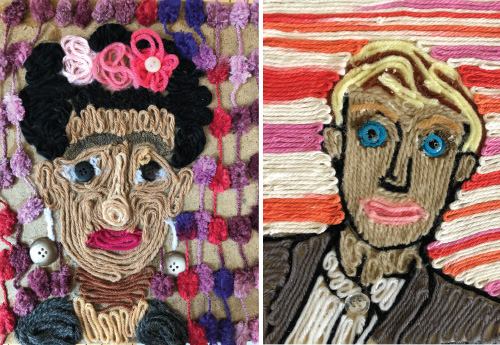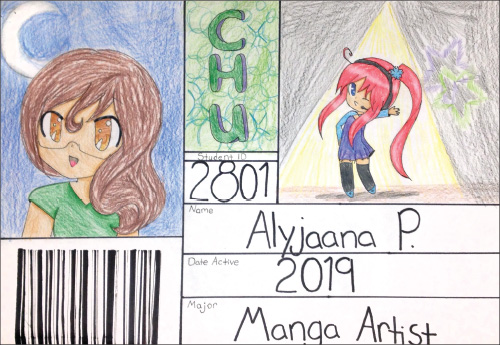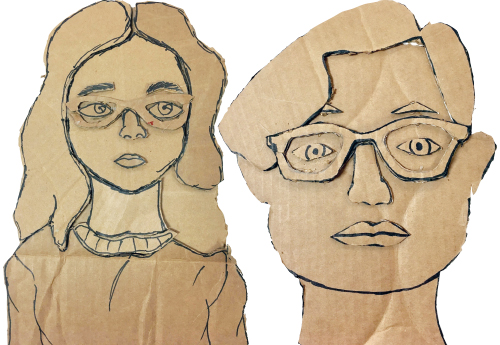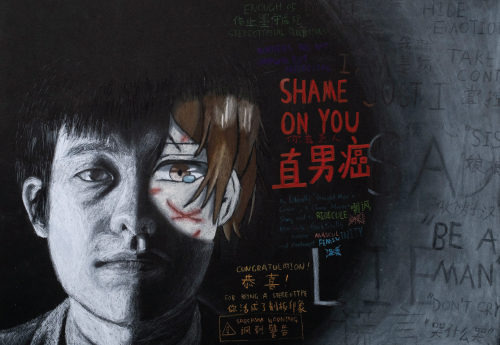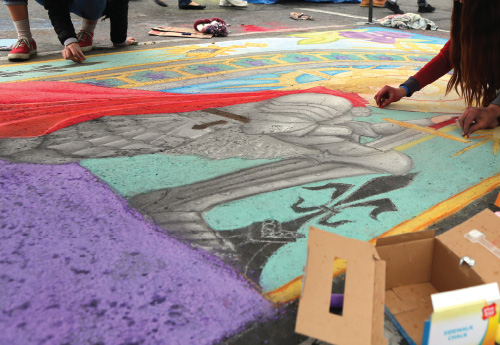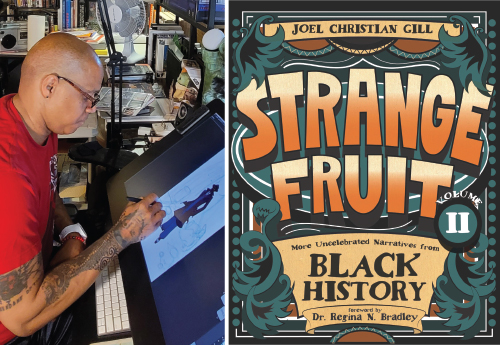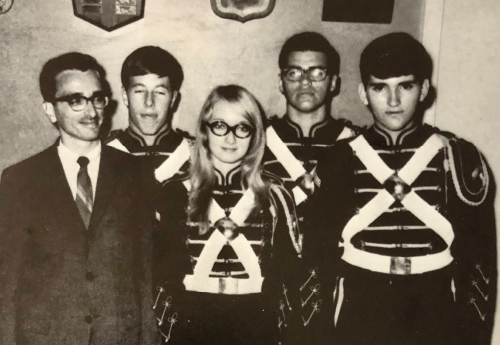
Editor’s Letter: Identity
SchoolArts is currently compiling a collection of high-school articles that focus on contemporary art and artists. After choosing the articles, we grouped them by the Big Ideas they shared. Identity was one of the themes that predominately appeared, and it’s a fitting theme with which to start the school year. It is personal and engaging to students of every age, and the artwork produced helps teachers learn more about their students and their interests.
Read Article
